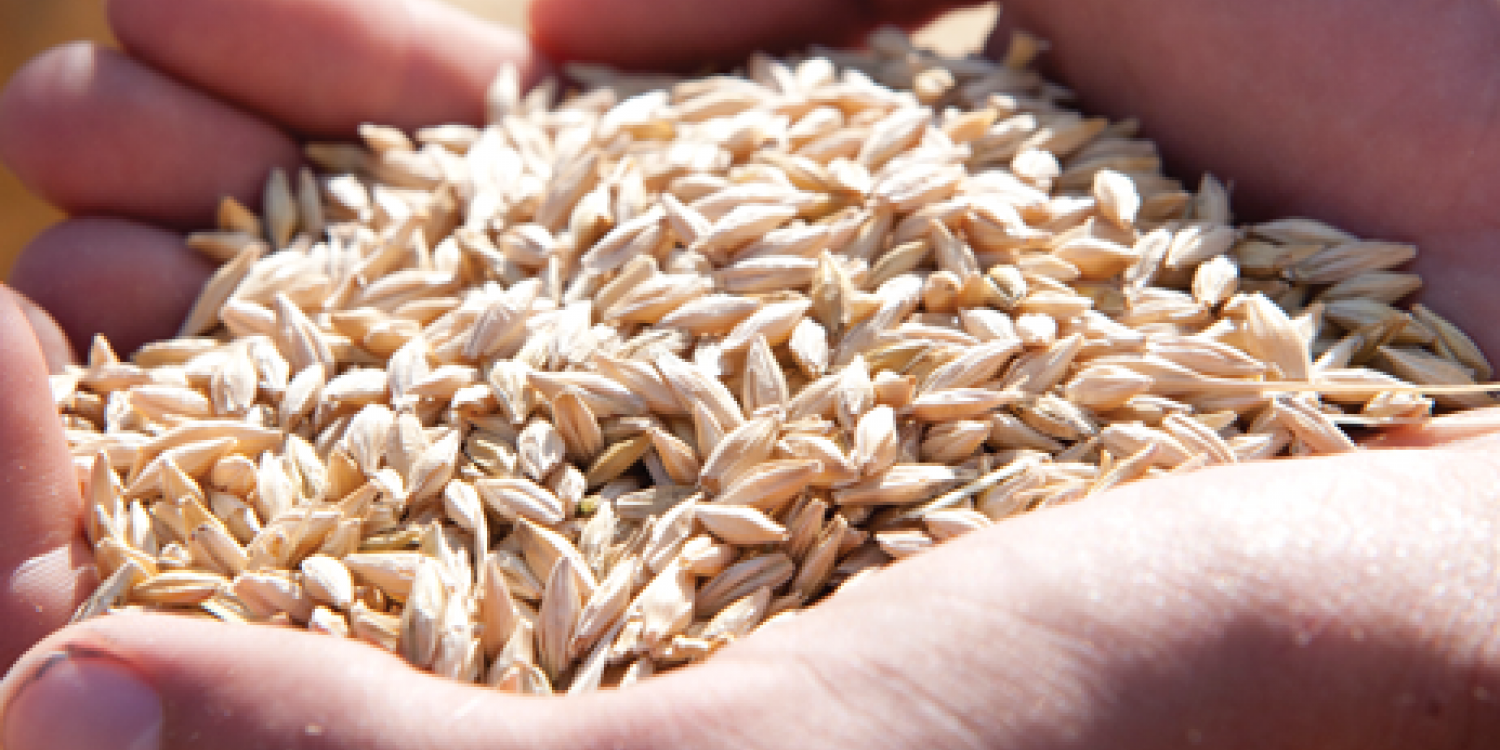
Barley has been an underappreciated cousin of wheat, even though it is one of the world's oldest cultivated crops. But that's changing amid a growing interest in microbrews and whole-grain diets. Helping lead the way is its cheerleader, Oregon State University, which is developing new varieties of this superfood. The university has released a dozen new varieties and one genetic seed stock since 1993.
One of them is Alba, a variety with excellent disease resistance that thrives in high rainfall areas. Another, Full Pint, has captured the imagination of craft brewers due to the unique flavors its malt imparts to quality beers. OSU released the germplasm #STRKR – the first naked food barley adapted to the Pacific Northwest and one that research is showing will rival oatmeal as a breakfast staple for health-conscious consumers. The variety Buck was released in 2016 as a #STRKR replacement.
OSU researchers are also identifying genes that allow barley to withstand low temperatures and resist disease. They’re also looking for genes responsible for malting quality, nutritional properties and flowering time. In plots at targeted sites in Oregon’s many diverse growing regions, OSU is seeing if barley can compete economically with wheat to give farmers a different source of income.
Additionally, OSU is testing how its new cultivars hold up in the kitchen by developing new products with them like granola, popped barley, tortillas, pretzels, baguettes, pita breads, sourdoughs and focaccia. OSU has built and equipped a malt house that will assist in efficiently developing new varieties with unique malting and brewing properties.
Barley was the world’s fourth most-produced cereal in terms of volume in 2016. In 2015, Oregon's farmers produced barley worth over $20 million (3.9 million bushels). That same year, Oregon produced 1.7 million barrels of beer. If every gallon of Oregon-brewed beer was made with malt grown in Oregon, around 30,000 acres of barley would be required. That assumes every acre would produce malting quality barley, but not every field will produce suitable barley every year. Alternative markets are needed for barley – the principal ones being human food and animal feed.
OSU is pursuing the goal of developing multi-use barleys that will be of interest and value to growers, brewers, food processors, feeders and, of course, to consumers. This work is supported by a grant from the USDA-NIFA-OREI program. OSU is the lead institution, with cooperators in Minnesota, New York, Washington and Wisconsin.